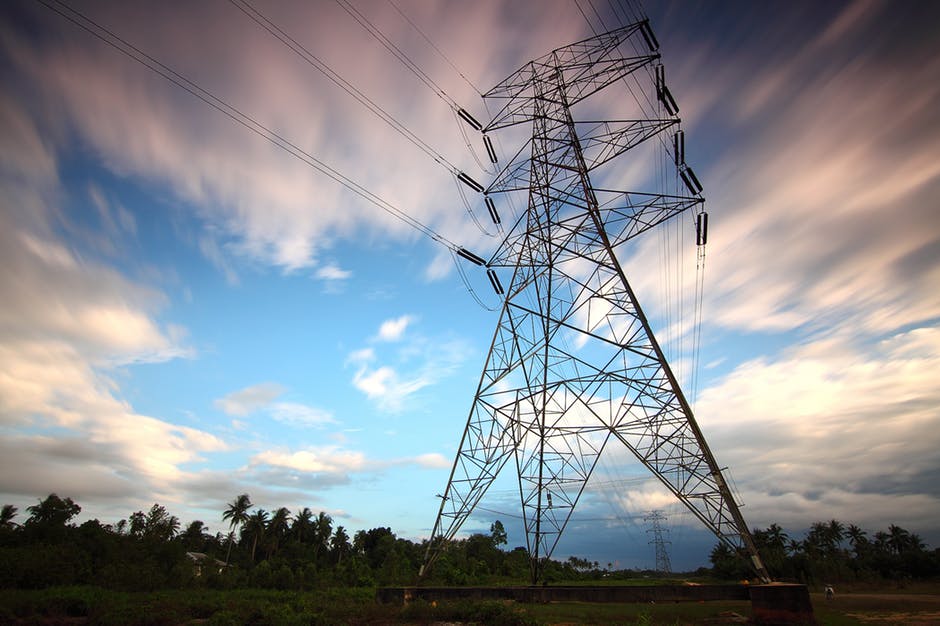On the 1 January 2024, the Default Tariff Price Cap was set at £1,928. This represents an increase of almost £900 compared to the Q1 price cap of 2021 (£1,042), leaving households paying almost double pre-energy crisis levels for their energy bills.
Lasting until 31 March 2024, the current price cap is over £2,000 less than it was during the same period last year, where volatile wholesale energy prices saw the cap set at £4,279.
Despite this monumental decrease, household’s won’t see as significant a change in their energy bills during Q1 this year, due to the planned termination of the Energy Price Guarantee (EPG).
The EPG protected bill-payers from the soaring energy prices during the height of the crisis. During it’s initial running period from October 2022 to March 2023 (before it was extended to June 2023), the EPG capped a standard variable tariff for households paying with standard credit at 35.84p/kWh for electricity and 10.70p/kWh for gas, excluding VAT, from January to March 2023.
This quarter, the energy price per unit for electricity is set at 28.62p/kWh for electricity and 7.42p/kWh for gas, representing a decrease of roughly 20% and 30% respectively from the EPG cap.
Once the price cap had been confirmed by the energy regulator Ofgem in November, the charity, National Energy Action (NEA) revealed that the 5% (£94) increase between the Q4 2023 and Q1 2024 price caps will leave 6.5 million UK households in fuel poverty.
Read more: Current+






